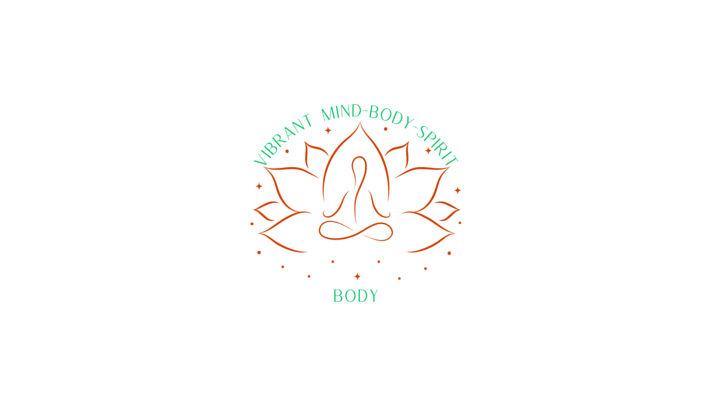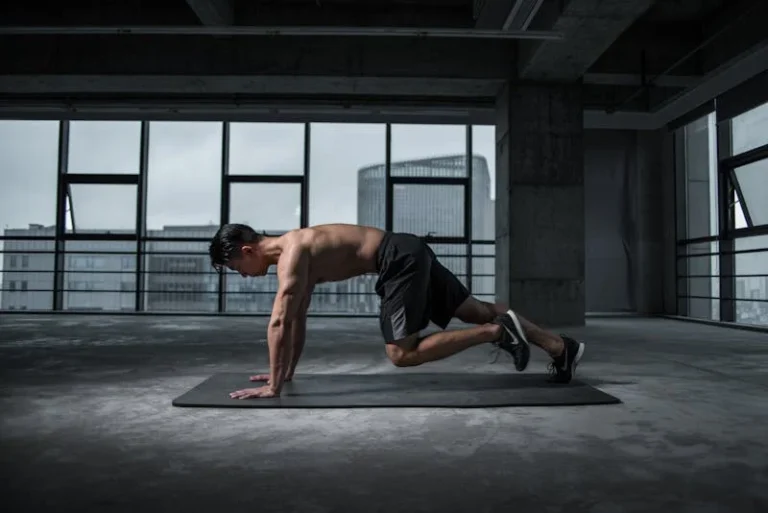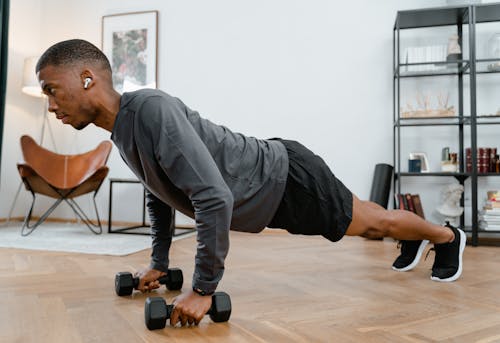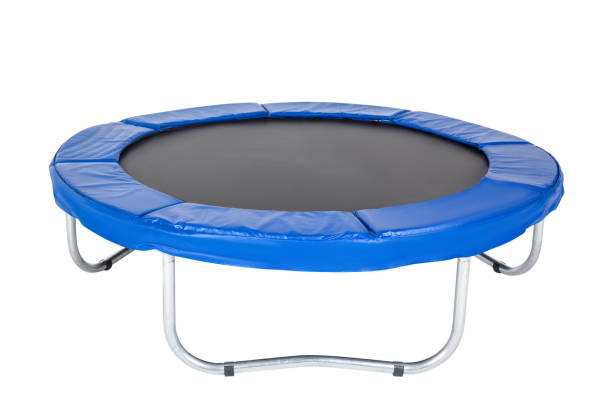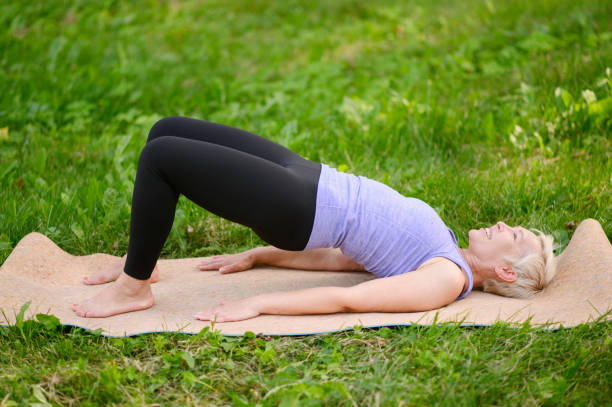This post contains affiliate links, meaning that I may receive compensation if you make a purchase through these links. As an Amazon Associate, I earn from qualifying purchases. This compensation does not influence the content, or recommendations provided. The opinions expressed are my own, and I strive to provide honest and unbiased information.
The Benefits of Healthy Snacking
Let’s be real—snacking is a part of life. Whether it’s grabbing a handful of something between classes, meetings, or while binge-watching your favorite show, we all do it. But here’s the deal: what if your snack could be both tasty and good for you? Mind-blowing, right? Healthy snacking doesn’t just keep you from getting hangry (you know, that mix of hungry and angry), but it can fuel your body and brain in ways that sugary or processed snacks can’t. So, let’s dive into why healthy snacking is a game-changer, and how it can be fun, simple, and oh-so-delicious!
Keeps Your Energy Levels Up
Imagine it’s mid-afternoon, and you’re feeling that familiar slump. You’re about to reach for a candy bar, but what if there was a better way? Enter healthy snacks! Nutritious snacking keeps your blood sugar levels stable, preventing the energy crash that comes with sugary treats. When you snack on foods rich in fiber, protein, and healthy fats, like nuts or fruit, you’ll experience sustained energy that lasts longer than a quick sugar rush.

For example, a small handful of mixed nuts provides a great mix of protein and healthy fats that can keep your energy high without that dreaded post-snack crash. Plus, nuts are super portable—perfect for tossing in your backpack or desk drawer for when hunger strikes!
Boosts Brain Power
Did you know snacking can help keep your brain sharp? When you choose snacks that are rich in nutrients, like vitamins and minerals, you give your brain the fuel it needs to focus and think clearly. Foods like trail mix that include dried fruits, nuts, and seeds provide a natural boost to your brainpower. The combination of carbohydrates from the fruit and the healthy fat from the nuts gives your brain the balanced nutrition it needs to stay sharp and alert.
Aids in Weight Management
Now, let’s bust a myth: Snacking does not automatically equal weight gain. In fact, healthy snacking can actually help you maintain or even lose weight! Crazy, right? When you snack on wholesome foods in between meals, you’re less likely to overeat at your next meal. The key is to choose snacks that are nutrient-dense and satisfying.
For example, grab a Greek yogurt cup with a drizzle of honey or a handful of berries. Greek yogurt is high in protein, which keeps you feeling full longer. By balancing your hunger throughout the day, healthy snacking helps prevent overeating at mealtime, making it easier to manage your weight.
Improves Digestion
Your stomach will thank you for choosing healthy snacks! Foods that are high in fiber, like fruits, vegetables, and whole grains, can do wonders for your digestive system. Fiber helps keep things moving smoothly (you know what I mean!) and can prevent issues like bloating or constipation. Plus, fiber-rich snacks help keep you full, which means less temptation to reach for less healthy options.

One great option is veggie chips, made from sweet potatoes, beets, or kale. These crunchy, fiber-filled snacks are perfect when you’re craving something salty, but don’t want to resort to greasy potato chips. Your digestive system—and your taste buds—will love you for it!
Supports Healthy Blood Sugar Levels
If you’re someone who has to keep an eye on your blood sugar, healthy snacking is your best friend. Snacks that contain a balance of protein, healthy fats, and complex carbohydrates can prevent your blood sugar from spiking and crashing. This balance keeps your energy steady and helps you avoid feeling jittery or tired after eating.
An easy, tasty snack for this is a protein bar. Look for bars that are low in sugar but high in fiber and protein. Not only will they keep you satisfied between meals, but they also help keep your blood sugar in check.
Strengthens Your Immune System
Want to keep colds and other illnesses at bay? The answer could lie in your snack choices! Eating nutrient-rich snacks can strengthen your immune system, making it easier for your body to fight off infections. Foods like fruits and vegetables are packed with vitamins A, C, and E, which are great for boosting your immune health.
Reach for an apple or orange slices as an easy go-to snack. For an added immune boost, pair them with a few almonds or a slice of cheese for a snack that’s not only satisfying but also helps keep you healthy. And if you’re in a hurry, grab some dried fruit (Look for packs you can stash anywhere for an immune-boosting snack on the go).
Enhances Your Mood
We’ve all been there—feeling a little moody or stressed, and suddenly, you’re reaching for snacks. But instead of cookies or chips, try something that can actually improve your mood! Foods that are rich in omega-3 fatty acids, antioxidants, and vitamins can help reduce feelings of stress, anxiety, and even depression.
A great snack that boosts your mood is a handful of dark chocolate-covered almonds. Dark chocolate is rich in antioxidants, while almonds provide magnesium, which can help reduce stress. It’s a win-win situation: you get to enjoy a sweet treat, and you might even feel a little happier afterward!
Conclusion: Make Snacking a Part of Your Healthy Lifestyle
Snacking doesn’t have to be your guilty pleasure—it can be a healthy part of your daily routine! By choosing nutrient-dense, balanced snacks, you can support your energy levels, brainpower, digestion, and overall health, all while satisfying your cravings. So next time you’re feeling snacky, reach for one of these wholesome options and know that you’re doing your body (and mind) a big favor.
Remember, snacking isn’t just about filling a void. It’s about fueling your body with what it needs to keep going, growing, and glowing! So go ahead—grab a healthy snack and enjoy every bite!
For more information on the value of seeds and nuts, read Nuts and Seeds: Nutritional Powerhouses.
